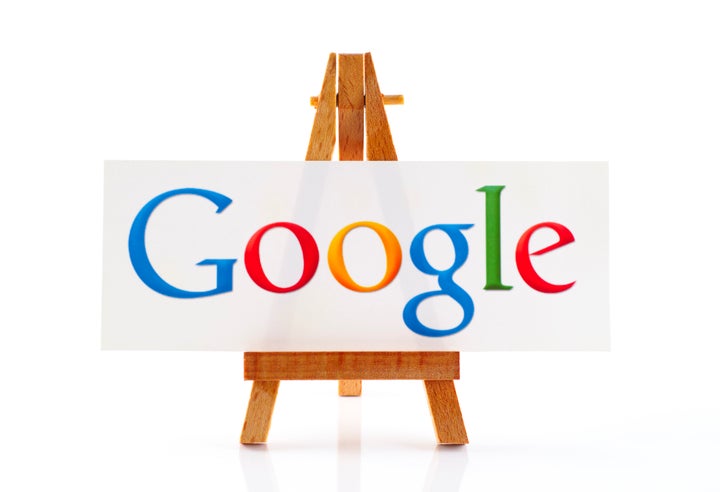
The ten-page anti-diversity manifesto penned by a male Google software engineer highlights a larger problem with Silicon Valley: when the status quo and mythology of meritocracy is threatened, there’s a need to restore what some think is the proper order.
The screed lays bare sentiments getting louder and louder as a shrinking majority makes its last gasps and grabs for power. This behavior is being normalized in our political climate. Because of the current base level of public discourse and decency, bigotry masquerades as patriotism, and prejudiced people and views in all industries and arenas are emboldened to spew all manner of rhetoric in the name of shunning political correctness.
The Google engineer makes several interesting points, the most pertinent one seemingly harmless on its face. “Viewpoint diversity is arguably the most important type of diversity,” he says, but then completely dismisses how those viewpoints are formed by suggesting the company abandon campaigns to increase gender and racial diversity. He notes that focusing on microaggressions “increases our sensitivity, which is not universally positive: sensitivity increases both our tendency to take offense and our self-censorship,” as if it’s a good thing to say the first thing on one’s mind.
This isn’t about sensitivity, lack of diversity, or latent bias, but active discrimination, cloaked in ideological diversity. This happens when the focus is diversity only ― getting underrepresented populations into seats ― to the detriment of inclusion. Ideological diversity, “cognitive diversity,” is a cop out and catch-all to justify hiring more of the same. It celebrates one element of diversity ― political difference, thought process, and opinion, in this engineer’s case ― while ignoring how that diversity most often originates through lived experiences of marginalized groups. It doesn’t embrace diversity of experience born of distinguished identities defined by race, class, gender, nationality, religion, and age, and the importance of intersectionality of those influences which shape worldviews and thoughts.
“...tech companies can embrace diverse contributions, or established tech companies will watch on the sidelines while these communities create their own companies."”
Roughly 52 percent of tech industry hires are referred by employees, and the average employee is a carbon copy of the person who referred them. That’s because people tap their social network for opportunities, which promotes homogeny of ethnic and educational backgrounds, class, age, religions, and nationality. The rub is that exalting cognitive diversity and conflating it with “diversity” provides a justification and explanation for hiring what amounts to more of the same, and if the views of this Google engineer are representative of a larger silent majority (spoiler alert: they are) with hiring, firing, and promotional purview, bad decision making abounds.
For a company to achieve something it never has, it will have to do something it has never done, and embrace the talent and source of the talent that yields those results. For that reason, you can’t bifurcate cognitive diversity from ethnic and gender diversity, but instead welcome the whole; one begets the other, one is the result of the other.
When making employee and product decisions, consider that women are the most educated group in the country, with Black women leading that subset, and forty percent of women are breadwinners in their homes. To dismiss their influence in building, using, marketing, or buying products would be bad business. Additionally, Black and Latinx spending power is over a combined $2.5 trillion dollars, and these communities are where trends are set and culture is moved forward – which can determine whether a product lives or dies. To be deliberately obtuse to their contributions is to a company’s financial detriment. This can change in one of two ways: either established tech companies can embrace diverse contributions, or established tech companies will watch on the sidelines while these communities create their own companies. You can’t want the contributions, but not the people who create them. It doesn’t work like that.
After a company adopts the mantra to “follow the money,” realize that culture drives the business. The most important factors in a company are people, processes, and products – in that order. If the first element is tainted, it ruins the rest. It’s imperative to make diversity and inclusion a core part of the business’s internal and external values, and embed these values into the business with employees, customers, and suppliers. It’s about an inclusive ecosystem, and providing one breeds retention.
It’s fine to provide a space for respectful discourse and disagreement, but the line is crossed when bias views are espoused that can lead to very real career stagnation, derailment, and disparate impact with no consequences. This means companies need real policies, and enforcement, for offensive behavior, so as not to be a rest haven for prejudice. The harder part will be defining what constitutes hate speech, discriminatory behavior, and punishable microaggressions in the company. If there are bad apples, rid the company of them before they fester. Sure, that means you may lose some high performers or “top talent.” But losing high performers who threaten your culture, the ability to share, cultivate talent, and learn from one another, and build transformative products is worth less than bad press, bad products, and greater attrition. True inclusion is the key, and there are ways to genuinely foster this notion companywide with several initiatives. However, a company won’t achieve the desired outcome as long as it employs those that actively resent and work against diversity and inclusion.
The sooner the industry realizes that point, the better off we’ll all be, including the technology.
